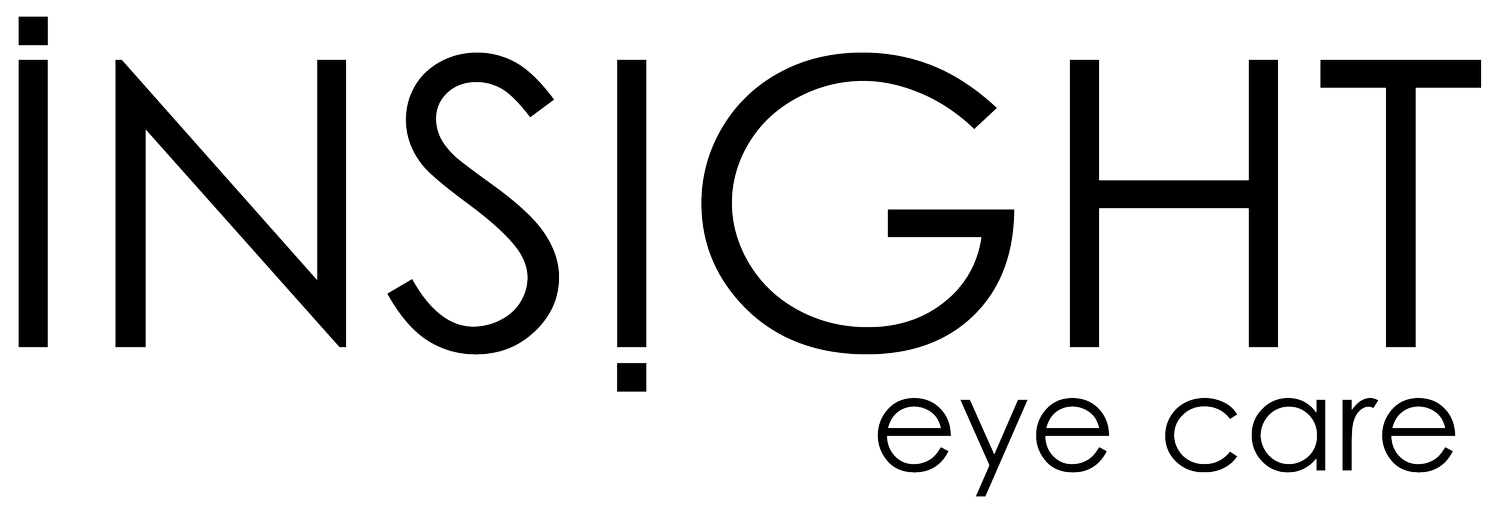The ABCs of Spectacle Prescriptions
Dr. Cassandra Bendall H.B.Sc., O.D.
Many patients book an appointment with their optometrist when their vision just doesn’t seem right. Maybe it’s blurry vision, trouble reading or double vision, but in any case, they almost always leave the appointment with a spectacle prescription. A spectacle prescription is a set of parameters needed to construct corrective lenses to enable comfortable, optimal vision and support their individual visual needs.
Here’s an example of a prescription print out from our office:
Let’s break down the components of your prescription!
The prescription for the right eye is always presented first. It is labeled as OD, a derivative from the Latin word oculus dexter. The left eye follows below, labeled as OS for oculus sinister. The abbreviation OU, for oculus uterque, may also be used and it means “both eyes”.¹
Sphere (SPH)
The spherical correction (SPH) is the first number in the prescription. It denotes the lens power needed to correct either myopia or hyperopia. When a patient is myopic, they are said to be nearsighted, meaning their distance vision is blurred but their near vision is clear. The opposite is true for hyperopic patients. They are farsighted, meaning their near vision is blurred but their distance vision is clear.
It is important to keep in mind that if the sphere correction is large enough both distance and near vision may be blurred in both sets of patients, myopes and hyperopes.
Example of how a classroom would appear to someone who is myopic (-3.00D) and not wearing their glasses.
Cylinder (CYL) and Axis
A second number will only be on the prescription if there is astigmatism. It is called the cylindrical correction (aka indicates astigmatism). Astigmatism may result in blurry vision at all distances because it causes images to smear together. Astigmatism is a common type of refractive error that is present when the cornea (the eye’s front surface) or the lens inside the eye has an irregular shape instead of being spherical.² It causes light that enters the eye to focus on more than one spot creating a blurred image.² The cylindrical correction compensates for the irregular shape by bringing the different light paths to a single point on the back of the eye.²
If astigmatism is present, it will be followed by an “X” and a number between 1 and 180. This number is the axis and denotes the angle at which astigmatism is present.
Example of how a highway would appear to someone with uncorrected astigmatism.
Addition (ADD)
If a different prescription is required for optimal near vision then an addition or ADD correction will follow the main prescription. It is the additional lens power needed for reading and is simply added to the distance prescription to make a pair of reading glasses or bifocals/progressives. It is very common for patients over the age of 40 to need an ADD. This is because of presbyopia, the gradual loss of the eye’s ability to focus on near targets as a result of age.³
Prism
Some patients have binocular vision conditions in which the eyes struggle to work together as a team. This may result in double vision. Prism is a special lens that bends light to shift the image that the eyes see in order to eliminate double vision and help the eyes work more effectively together.⁴
Example:
Personalization Matters!
Every eye is different and every patient’s needs are different, and both are considered when creating a prescription. A personalized prescription prevents eye strain and headaches, optimizes depth perception, and ensures clear, comfortable vision.
A personalized prescription may even be part of a treatment plan. For young patients with progressing myopia, myopia control lenses may be prescribed to help slow this progression thereby decreasing the potential for high prescriptions and ocular health complications in adult years. MiSight, MiyoSmart, and Stellest are examples of these lenses.
Example:
Learn more about our myopia management program, MYOPACE.
-
-
CanadianOpto. (n.d.). How to read your eyeglass prescription. The Canadian Association of Optometrists. https://opto.ca/eye-health-library/how-read-your-eyeglass-prescription
Boyd, K. (2023, November 14). What is astigmatism? symptoms, causes, diagnosis, treatment. American Academy of Ophthalmology. https://www.aao.org/eye-health/diseases/what-is-astigmatism
CanadianOpto. (n.d.-b). Presbyopia. The Canadian Association of Optometrists. https://opto.ca/eye-health-library/presbyopia
Tamhankar, M. A., Ying, G.-S., & Volpe, N. J. (2012). Prisms are effective in resolving diplopia from incomitant, large, and combined strabismus. European Journal of Ophthalmology, 22(6), 890–897. https://doi.org/10.5301/ejo.5000144







